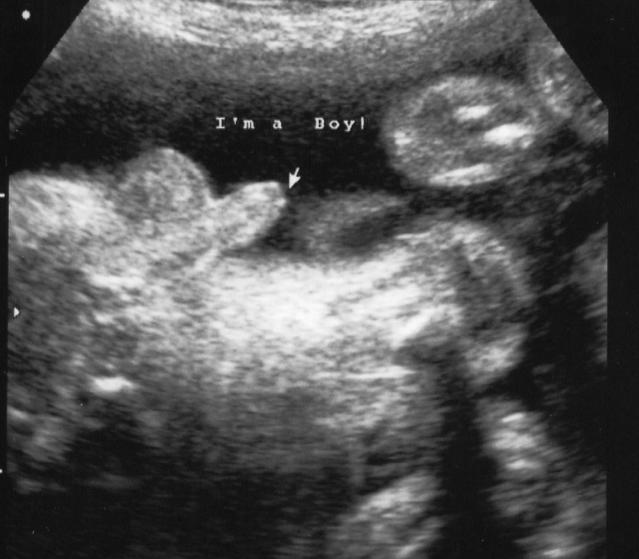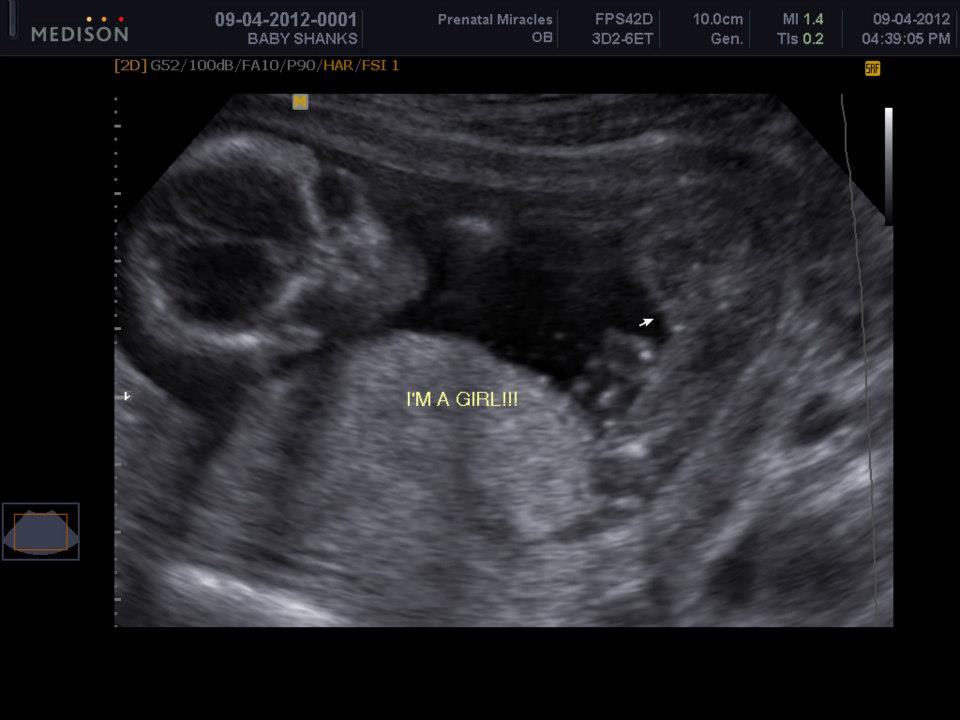Are you going to have a boy or a girl? This is the question everyone loves to ask from mothers to be, and expecting mums also think about it a lot. With latest advances in ultrasound techniques it is possible to find out the gender of the baby accurately. There are many ancient myths and ways to predict the baby’s gender and it can be a fun to try them. The relationship of morning sickness and gender of the baby is one of them. Let’s see how reliable that is.
Can Morning Sickness Predict Gender?
Not really. Though studies have shown that around 55% of women with severe morning sickness had a girl, the chance of giving birth to baby boy or girl still stays quite near to 50-50 with no significant difference. It cannot be said with certainty that the severity of morning sickness and gender of the baby are linked in any way.
Morning sickness is the hallmark of pregnancy but why it happens still remains unclear. There are many theories such as fluctuating hormone levels, zinc deficiency, psychological and genetic factors and an excess of HCG hormone. According to one study women having a female fetus have a higher level of HCG as compared to those having a male fetus. This can be a reason it was thought that women with excessive morning sickness are more likely to deliver baby girls.
Other Myths About Gender During Pregnancy
Apart from the heated discussion on morning sickness and gender prediction, there're several other common beliefs about telling whether a pregnant woman is carrying a girl or boy.
1. Carrying Low
A very popular ancient myth is about the way you carry the baby bump. It is believed that if you carry low, it is a boy while girls are carried a bit higher. In fact there is no truth or scientific reasoning behind it.
The way you carry the baby depends upon the shape of your tummy and the tone and strength of abdominal muscles. The baby’s position and your weight also determine how your baby bump will appear during pregnancy.
2. Rhythm of the Heart
There might be a little bit of truth in the myth that girls tend to have a faster heart rate during pregnancy.
According to many gynecologists the heart rate for girl fetuses is slightly more than average. This becomes more apparent as the time of birth approaches where boys have a slower heart rate as compared to girls.
3. Swinging on a Hair
Another fun myth about telling the gender of the baby is to hang the wedding ring over the belly with the father’s hair strand. In case of a girl it will move in a circular motion and if it is a boy it will go back and forth.
This is an old tradition without any logical explanation and there is no scientific evidence to prove this practice. Anyways it is one of those traditions which make you feel giddy and good.
4. Sweet Tooth
Pregnancy is associated with intense and strange cravings. It is believed that you crave for all things sour if it is a girl while boys give you an intense craving for everything sweet.
In fact it is not possible for a baby inside a womb to influence your food choices, there is no way a baby can make you eat a cake, or grab a pickle, these cravings are due to hormonal changes and an increase in sense of smell.
5. Look at the Calendar
Around 700 years ago the lunar Chinese calendar was developed to predict the baby’s gender. It calculates the gender based on the mother's age and the day and month of conception. Many women have used it and it can give some accurate results, but in fact these results are as accurate as a random guess and there is a 50/50 chance of getting the gender right using this calendar.
How Can You Know Your Baby's Gender for Sure?
The best noninvasive and accurate way to know a baby’s gender with accuracy is an ultrasound. Instead of relying on the correlation of morning sickness and gender probability, get yourself booked for an ultrasound if you want to know whether it is a baby boy or a baby girl.

An ultrasound scan done at 18 to 20 weeks of pregnancy can tell about the gender with 80-90% accuracy. At that time the genitals are developed and a good ultrasound technician or radiologist can tell about the gender.

By amniocentesis and chorionic villous sampling the gender can be predicted with a very high accuracy but these are invasive tests and are only done for the screening of genetic disorders, or chromosomal abnormalities such as Down’s syndrome.
A highly sophisticated way is to test the DNA of mother’s blood, but due to its high cost and limited availability it is reserved for special circumstances and is not commercially available.
